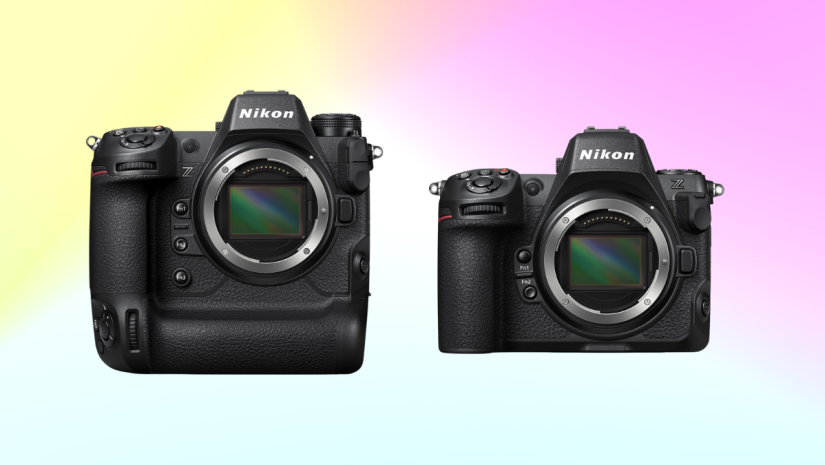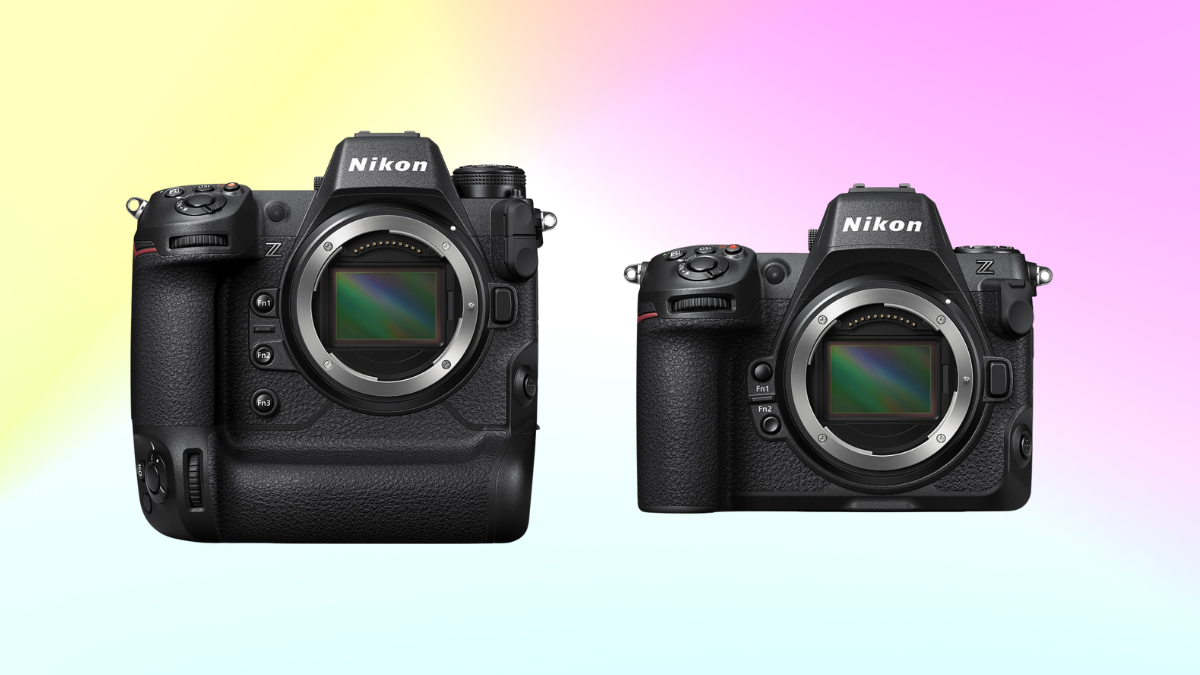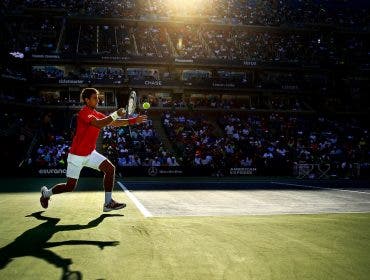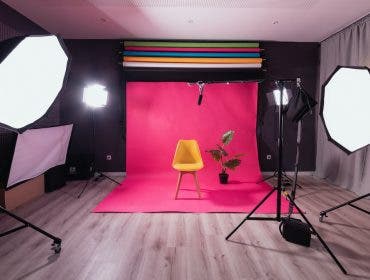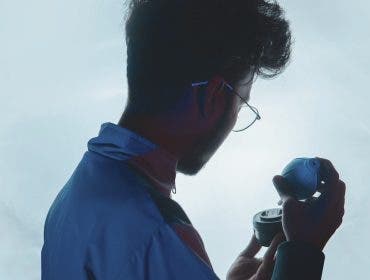Each year new camera models appear, promising better image quality, more versatility, and improved usability. We are tempted to reach for the latest camera model and upgrade our gear as often as possible. But, sometimes, the latest model isn’t necessarily better than the previous one but instead a different version altogether. Even more confusing, sometimes the camera model’s number doesn’t reflect its novelty. This is the case of the Nikon Z8, released in May 2023, almost two years after the release of the Nikon Z9, released in October 2021. Both camera models are part of Nikon’s Z Series, but they have different designs and purposes. So if you want the latest Nikon Z Series mirrorless camera, you need to decide between two different models, each with its own particularities and advantages. Here is what you should know about the Nikon Z8 vs Nikon Z9.
Nikon Z8 vs Nikon Z9
The easiest way to compare two camera models, such as Nikon Z8 vs Nikon Z9, is to list what you need from a camera and check the differences. The similarities won’t help you make a decision. However, it’s good to know that at the moment of release, the Z8 has the same image sensor (full-frame 45.7MP CMOS), processing engine, autofocus system, real-time viewfinder, shutter type (all-electric), and lens compatibility (Z-mount) as the 9. In the meantime, the Z9 benefited from another major upgrade in June 2023, so things changed a little bit.
What’s New in Firmware Version 4.00 for Nikon Z9
Recently, Nikon released the third major firmware upgrade for the Z9. The upgrade improves existing image shooting and video recording features and brings brand new ones. There are also improvements in operability.
The primary new feature is Auto Capture, a function that triggers the camera automatically based on three criteria configured by the user (motion, camera-subject distance, and subject detection). Auto Capture is available both for video recording and still images.
For video recording, the new firmware version expands ISO sensitivity (it goes as low as Lo 2.0 with N-Log recording), provides fine tuning for zoom speed, and adds a slow-motion function. For still images, the upgrade brings better subject acquisition performance, a longer time between half press and full press for Pre-Release Capture (from 30 seconds to 300 seconds), and an exposure delay mode.
Nikon Z8 vs. Nikon Z9: Comparison Chart
Here are the differences between Nikon Z8 vs Z9, considering the latest firmware version:
| Nikon Z8 | Nikon Z9 | |
| Dimensions | 5.7 in. x 4.7 in. x 3.3 in. | 5.9 in. x 5.9 in. x 3.6 in. |
| Controls Layout | Standard Nikon Z-system layout with no drive mode dial and repositioned white balance button | Standard Nikon Z-system layout with improved custom controls, custom shutter sound, and custom units for the focus distance indicator |
| USB Ports | 2 USB-C ports | 1 USB-C port |
| Memory | 1 CFexpress Type B/XQD slot and 1 SD slot | 2 CFexpress Type B slots |
| Battery | EN-EL15 series | EN-EL18 series |
| Video Characteristics | Highest video resolution: 8.3K 60p N-RAWVideo formats: N-RAW, ProRes RAW HQ, ProRes 422 HQ, H.265/HEVC, H.264/AVCMaximum recording time: 90 minutes | Highest video resolution: 8.3K 60p N-RAWVideo formats: N-RAW, ProRes RAW HQ, ProRes 422 HQ, H.265/HEVC, H.264/AVCMaximum recording time: 2 hours and 5 minutesAuto Capture and slow-motion functions |
| Still Images Characteristics | Highest photo resolution: 45.7MPImage formats: RAW, JPEG, HEIFBurst rates: 20fps RAW to 120fps 11MP JPEGDedicated features for portrait photography | Highest photo resolution: 45.7MPImage formats: RAW, JPEGBurst rates: 20fps RAW to 120fps 11MP JPEGAuto Capture function |
| HEIF Format | 10-bit HEIF photos | No |
Nikon Z8 vs. Nikon Z9: Differences
Dimensions
The Nikon Z8 is more compact, lightweight, and approximately 30 percent smaller than Nikon Z9. While the flagship model has a size (W x H x D) of 5.9 in. x 5.9 in. x 3.6 in., the sleek Z8 has a size of only 5.7 in. x 4.7 in. x 3.3 in. and provides easy-to-hold grip and maximum comfort.
Controls
The Z8’s rear and top controls are similar to the Z9’s. However, Z8 doesn’t have the drive mode dial on the top left because the drive button does the job, and the white balance button is now on the top left. You can add an optional MB-N12 grip to your Z8 for another set of controls for vertical-oriented compositions. The latest Z9 upgrade increased the number of customizable controls and the number of functions it can support. It also added customizable shutter sounds.
USB Ports
The Z9 has one USB 3.2 Gen 1 (USB Type C) port, which you can use for charging or connectivity. The Z8, however, has two USB-C ports, meaning you can use one for charging and one for file transfer and connectivity at the same time.
Memory
For storing your photos, the Z9 offers two CFexpress Type B slots, while the Z8 offers one CFexpress Type B slot and one SD slot. Although the CFexpress slots are faster and allow you to save files on both of them in no time, SD cards are more affordable and make the Z8 more versatile and approachable.
Battery
The Z8 uses the EN-EL15C battery that lasts for approximately 340 still shots or 85 minutes of video recording. However, Z9’s EN-EL18 battery lasts for 740 still shots or 170 minutes of video recording. The good news is the Z8’s optional MB-N12 battery grip can extend battery life by approximately 1.8x. However, consider the changes in size and grip when adding the MB-N12.
Video
The Nikon Z8 features the same exquisite 12-bit RAW and 10-bit Apple ProRes 422 HQ video recording as the Z9 and supports the same video formats. Unfortunately, it can record only up to 90 minutes in 8K UHD, unlike the two hours and five minutes of recording provided by Z9.
Both camera models include a built-in microphone, advanced autofocus system with subject detection and tracking, and a broad movie dynamic range (ISO 64 to 25,600). While in video mode, the Z8 and Z9 can detect people, cats, dogs, birds, trains, motorbikes, and cars. As a plus, the Z8 can also detect and track planes. The Z9, even with the latest upgrade, still doesn’t detect aircraft. But it has Auto Capture, a lower ISO sensitivity for video recording, higher zoom speed precision, and a new slow-motion function. The Auto Capture feature might come to the Z8 at a later time through a firmware upgrade.
Still Images
Both the Z8 and Z9 can take 14-bit RAW photos and provide the same image resolution and quality. They can take from 20fps in RAW format to 120fps in 11MP JPEG format. That’s no surprise considering they share the same full-frame sensor, image processor, autofocus system, image stabilization, ISO range, and all-electronic shutter. They also share the Pre-Release Capture technology that allows perfect focus in action shots. However, the Z9 can now wait up to 300 seconds between half press and full press. It also has a better focus with 3D-tracking for subjects that can’t be automatically detected and Auto Capture.
Nonetheless, the Z8 brings a few new features for portrait photography, such as the Portrait Impression Balance for better skin tone control, Skin Softening, and an improved auto white balance for human subjects.
HEIF Format
Unlike the Z9, the Nikon Z8 supports the HEIF format and can take 10-bit HEIF photographs. It provides fine (approx. 1:4), normal (approx. 1:8), or basic (approx. 1:16) compression, alongside size-priority and optimal-quality compression. You can also set your Z8 camera to save both RAW and HEIF image files.
Why Would You Choose the Z8
The Z8 is a good choice if you need a compact, lightweight, and discrete camera with all the performance of a high-end full-frame mirrorless camera. If you’re always on the move and handhold the camera most of the time, the Z8 is a great companion. After all, it weighs just 900 grams.
At the same time, the Z8 incorporates the best of Nikon’s mirrorless technology: an all-electronic viewfinder, four-axis tilting touchscreen, incredibly fast and sharp autofocus system, and impressive video capabilities. And, thanks to the two USB-C ports, you can charge the camera while shooting or transferring image files to a laptop.
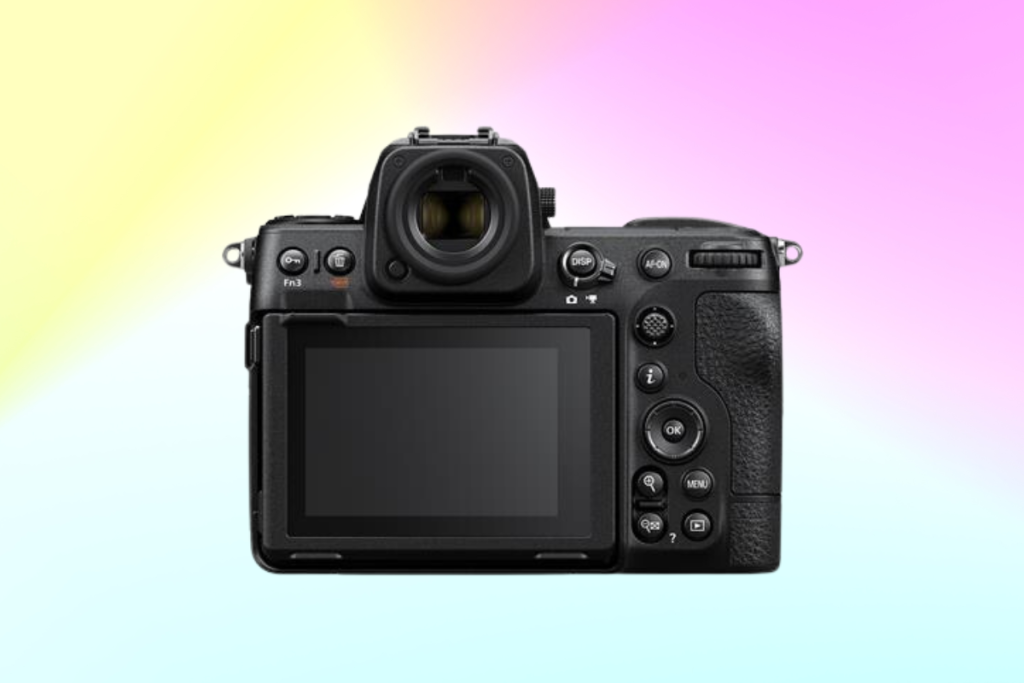
The Nikon Z8 suits action photographers, whether their subjects are people, weddings, wildlife, sports, or street life. The camera is weather-sealed, so outdoor shooting is encouraged. And although it doesn’t have a long battery life, you can either charge it on the go or use the additional MB-N12 battery grip.
Especially if you like taking portrait-orientated shots, MB-N12 is a must-have accessory. Not only that, it prolongs the battery life and provides additional controls for vertical compositions. Considering the Z8’s extra benefits for portrait photography (Portrait Impression Balance, Skin Softening, and improved auto white balance), your wedding portraits will look professional and effortless.
The compact model is also a good choice for videographers and content creators. It’s perfect for taking to an interview, creating YouTube content, or filming music videos.
Why Would You Choose the Z9
Although the Z8 has most of the Z9’s technical features and is smaller, the Z9 still has some cards on its sleeve. It is indeed heavier (1,340 grams) and bulkier, but provides better image stabilization, records longer videos (twice as long thanks to ample cooling and overheat prevention), and has twice as long battery life. In addition, the two CFexpress Type B slots come in handy so you don’t have to manage two different memory cards.
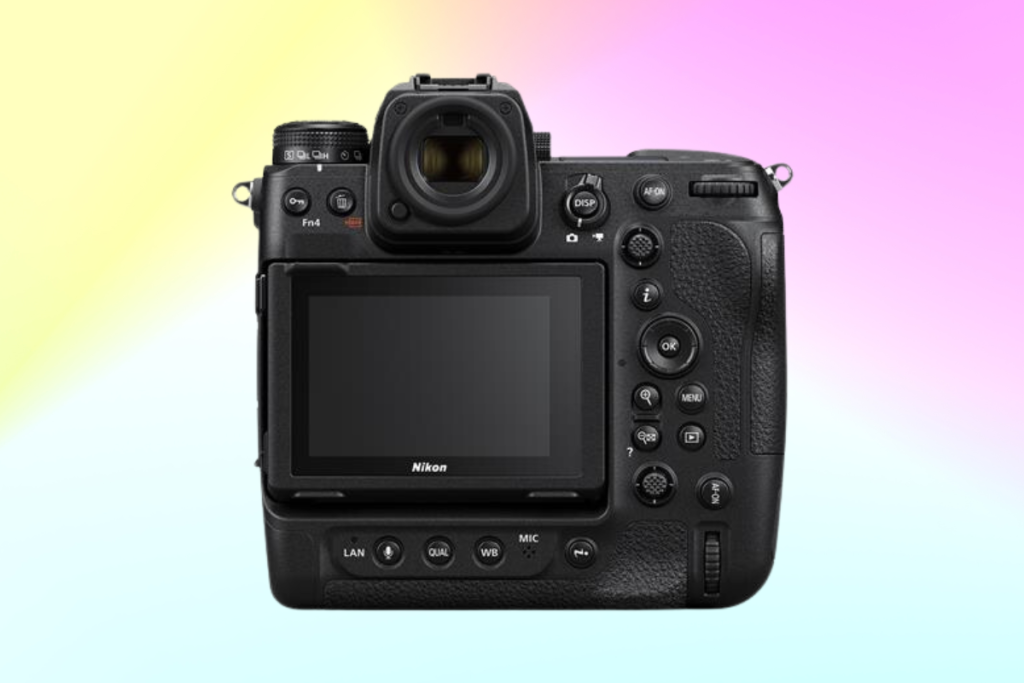
The Z9 has the same impressively fast autofocus system and precise pre-release capture technology that allow you to freeze motion and capture ultra-fast subjects in accurate focus. If you use heavy telephoto lenses, you may want a sturdier and more reliable camera body like the Z9. Plus you will likely use a tripod anyway, so the extra weight is not a problem. The Nikon Z9 also provides GPS location, which may help you classify your photos much easier.
Z9 is still Nikon’s Z-series flagship, even though it was released two years ago. It benefits from regular firmware updates and has a lot of fans. If you want a trustworthy camera that already has proven its value, Nikon Z9 may be a better choice than the brand-new Z8.
Conclusion
Purchasing a new camera is never easy, especially when you reduce the decision to two very similar models. Sometimes the newest release is the best choice; otherwise, you need something that already has good reviews, fans, and a trustworthy community around it. But most of all, you need something that fits your workflow, current gear, and photography style. The camera should also match your personality and body features (e.g., the grip is different from one person to another). So, take the best of Nikon Z8 vs Z9 and see how it applies to your photography persona.
